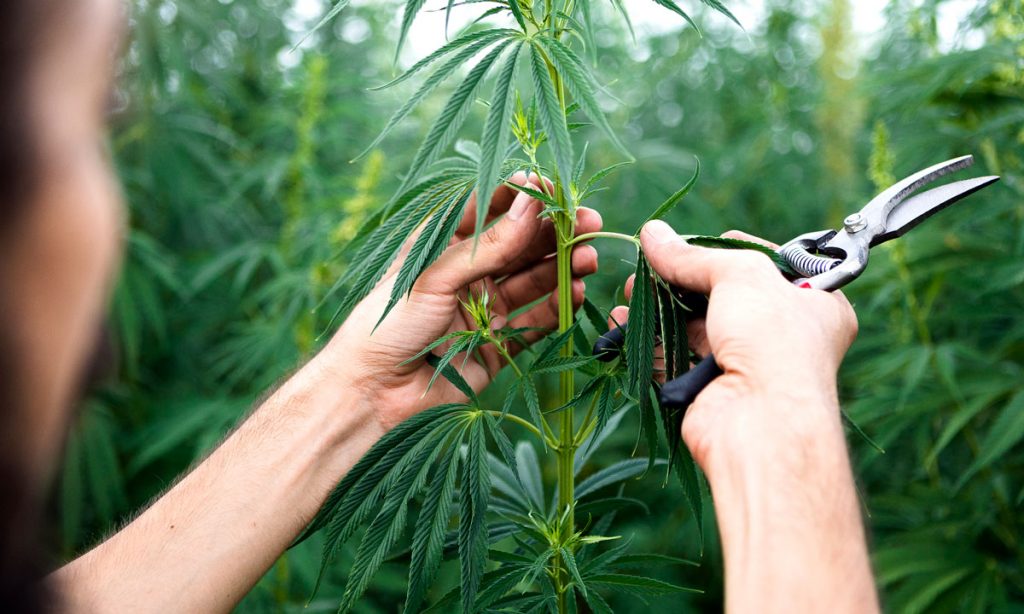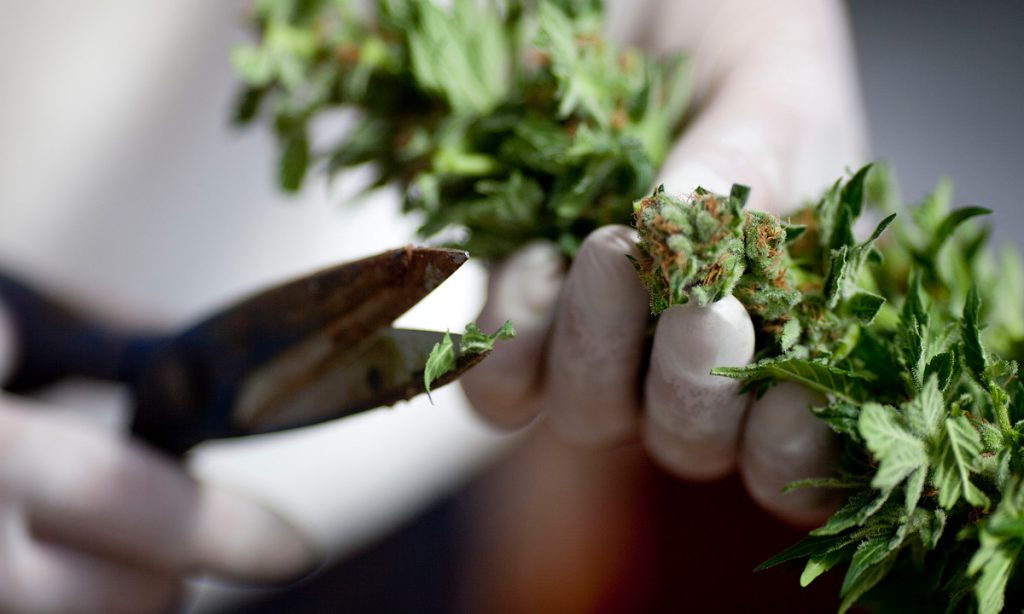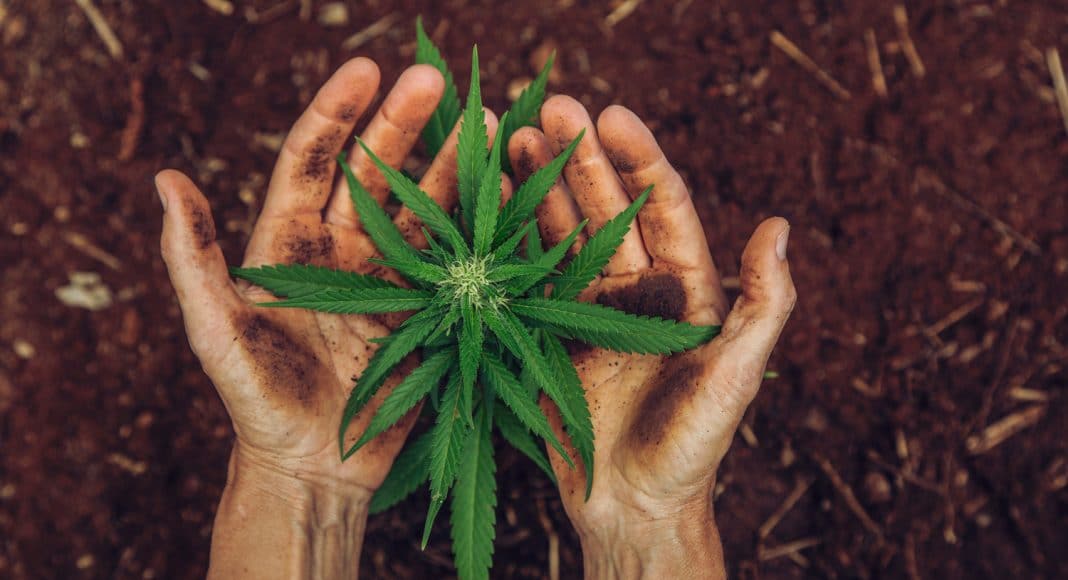The USDA’s release of these rules means that we are finally headed towards full implementation of the 2018 Farm Bill.
On Tuesday, the U.S. Department of Agriculture (“USDA”) released its interim hemp rules. This is a major step in the full implementation of the 2018 Farm Bill. These rules are not final but they will be effective as soon as they are published in the Federal Register. Stakeholders will have 60 days to submit comments on the interim hemp rules.
Expect to see additional analysis of these rules on this blog in the coming days. For now, we’ve highlighted some of the main points that stuck out to us.
State and Tribal Plans. The 2018 Farm Bill requires states and Indian Tribes to submit hemp cultivation plans to the USDA. The interim hemp rules require that these plans include a practice to collect, maintain and report information on hemp cultivators, the land where hemp is produced, and the status and number of licenses issued. Plans must include a procedure for testing hemp within 15 days of the anticipated harvest. Plans must also ensure that samples are representative of an entire hemp lot and the state or tribal agency charged with testing must have unrestricted access to all land, building, and structures used for the cultivation, handling, and storage of hemp. Hemp producers may not harvest before samples are taken. Hemp that tests above 0.3% THC is deemed a “non-compliant cannabis plant” and a state or Tribal plan must cover the destruction of such material. Non-compliant cannabis plants must also be reported to USDA, along with other information on hemp producers and production generally. States and Tribes must also establish lab standards for testing hemp.
RELATED: The FDA’s Problem With Hemp-CBD
The USDA will review state and Tribal plans within 60 days of receipt. States and Tribes can submit amended plans in the event that the USDA does not approve of the initial submission or if the state or Tribe alters a previously approved plan. The USDA will, from time-to-time, audit state and Tribal plans.
USDA Licensing. If a state or Tribal plan is not approved, would-be hemp producers can grow hemp in that state or Tribal area under a USDA hemp license, so long as “the production of hemp is not otherwise prohibited by the State or Indian Tribe.”

The USDA will issue hemp producer licenses. Applicants can apply 30 days after the rules are published in the Federal Register. After that, the USDA will accept applications between August 1 and October 31 each year. Applicants must submit their contact information and a criminal history report. Remember that a felony conviction, at either the state or federal level, results in a 10-year ban from participating in the legal hemp industry, unless a person was lawfully growing hemp under the 2014 Farm Bill before December 20, 2018.
USDA license will be valid until December 31st three years after the year the licensed was issued. Licenses cannot be sold, assigned, transferred, pledged or otherwise disposed of. An application is required for each location where hemp is grown. USDA licensees must submit tests within 15 days of harvest to the USDA or to a state agency, federal agency, or a person approved by the USDA to accept tests. Non-compliant plant material must be destroyed. USDA licensees will be subject to inspections and must maintain records relating to hemp.
Total THC Testing. The interim hemp rules also cover THC testing, which was a point of concern in the lead up to theses rules being released. The interim hemp rules state that:
“A State or Tribal plan must include a procedure for testing that is able to accurately identify whether the sample contains a delta-9 tetrahydrocannabinol content concentration level that exceeds the acceptable hemp THC level. The procedure must include a validated testing methodology that uses postdecarboxylation or other similarly reliable methods. The testing methodology must consider the potential conversion of delta-9 tetrahydrocannabinolic acid (THC-A) in hemp into THC and the test result measures total available THC derived from the sum of the THC and THC-A content. Testing methodologies meeting these requirements include, but are not limited to, gas or liquid chromatography with detection. The total THC concentration level shall be determined and reported on a dry weight basis.”
This appears to require Total THC testing, which includes THC-A, and as has been implemented in Oregon. Laboratories who test hemp will also report their “measurement of uncertainty” or “MU.” The USDA provides additional context on this concept:
“The definition of ‘acceptable hemp THC level’ explains how to interpret test results with the measurement of uncertainty with an example. The application of the measurement of uncertainty to the reported delta-9 tetrahydrocannabinol content concentration level on a dry weight basis produces a distribution, or range. If 0.3% or less is within the distribution or range, then the sample will be considered to be hemp for the purpose of compliance with the requirements of State, Tribal, or USDA hemp plans. For example, if a laboratory reports a result as 0.35% with a measurement of uncertainty of +/- 0.06, the distribution or range is 0.29% to 0.41%. Because 0.3% is within that distribution or range, the sample, and the lot it represents, is considered hemp for the purpose of compliance with the requirements of State, Tribal, or USDA hemp plans. However, if the measurement of uncertainty for that sample was 0.02%, the distribution or range is 0.33% to 0.37%. Because 0.3% or less is not within that distribution or range, the sample is not considered hemp for the purpose of plan compliance, and the lot it represents will be subject to disposal. Thus the ‘acceptable hemp THC level’ is the application of the measurement of uncertainty to the reported delta-9 tetrahydrocannabinol content concentration level on a dry weight basis producing a distribution or range that includes 0.3% or less. As such, the regulatory definition of ‘acceptable hemp THC level’ describes how State, Tribal, and USDA plans must account for uncertainty in test results in their treatment of cannabis.”
RELATED: Did The 2018 Farm Bill Open The Door To Importing Hemp?
Labs that test cannabis for THC levels must be registered with the DEA. The USDA is considering a fee-for-service that would allow labs to seek approval with the USDA for THC-testing.

Interstate Transport. The interim rules prohibit states or Tribes from “prohibiting the transportation or shipment of hemp or hemp products produced under a State or Tribal plan,” a license issued by the USDA, or “under 7 U.S.C. 5940[.]” What is 7 U.S.C. 5940? It’s the codification of the 2014 Farm Bill’s industrial hemp provisions. That means that states (looking at you Idaho) can not seize hemp produced under the 2014 Farm Bill, so long as it’s done in compliance with state law or cultivated by an institution of higher education.
Bottom line. We’ve just begun to scratch the surface. These interim hemp rules also outline hemp violations, the appeal process for hemp licensing, and touch on the interplay with the Controlled Substances Act. More than anything else, the USDA’s release of these rules means that we are finally headed towards full implementation of the 2018 Farm Bill. We expect the USDA to be inundated with state and Tribal hemp plans and applications for USDA hemp production licenses over the next few weeks, and then again early next year after many state legislature reconvene. We’ll keep an eye out for developments and suggest you do the same.
Daniel Shortt is an attorney at Harris Bricken and this article was originally published on the Canna Law Blog.


